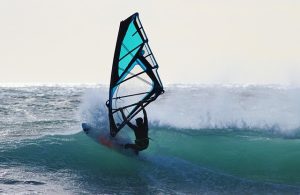Choosing the right surfboard is crucial for beginner surfers, balancing their skill level and wave conditions with board shape. Wider, longer boards with rounded noses offer stability, buoyancy, and ease of paddling for learning, while narrower, shorter boards prioritize maneuverability for advanced riders. Beginners should opt for larger, fuller-nosed boards to build confidence, focusing on fundamentals before transitioning to specialized designs. The ideal surfboard shape impacts performance, with wider noses for stability and leaner designs for advanced agility; choosing based on skill level ensures a positive learning experience.
In the dynamic world of surfing, choosing the right surfboard is key to unlocking your potential. From triangular boards with sleek designs to rounded nose shapes ideal for beginners, each board type offers unique benefits. This article guides you through a variety of surfboard shapes tailored for different skill levels and performance needs. Discover how these variations impact maneuverability, speed, and overall surfing enjoyment, helping you make an informed decision when selecting your first or next surfboard—perfect for beginners ready to take their skills to the next level.
Understanding Different Surfboard Shapes and Their Benefits
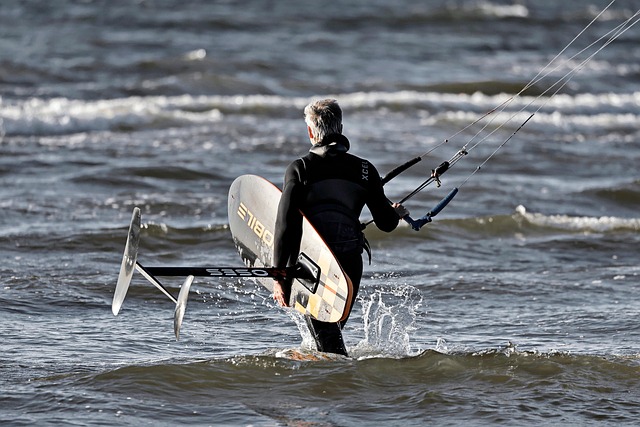
Surfing is a sport that offers an array of experiences, from gentle waves for beginners to challenging breaks for seasoned surfers. One of the key aspects that can enhance or hinder your surfing experience is the shape of your surfboard. Different shapes cater to various skill levels and riding styles.
For beginners, a wider, longer surfboard with a rounded nose provides more stability and buoyancy. These boards are designed for easier paddling and catching waves, making them ideal for learning. The extra volume helps beginners stay on top of the board, allowing them to gain confidence and skills without being overwhelmed by the water. As you progress, you can explore narrower, shorter boards that offer enhanced maneuverability and speed.
Choosing the Right Board for Your Skill Level: A Beginner's Guide
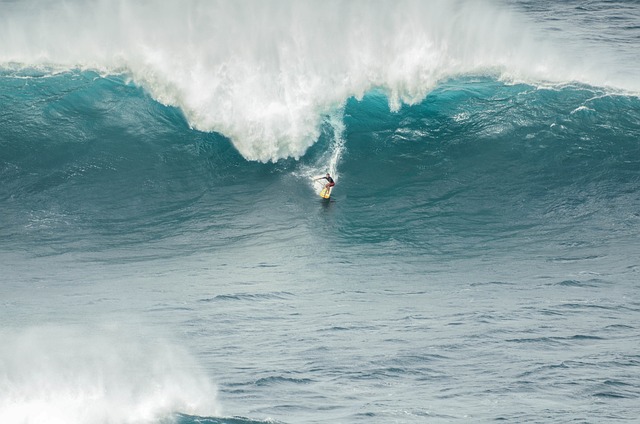
When it comes to choosing a surfboard as a beginner, selecting the right one is crucial to enhance your learning experience and ensure safety. The key is to find a board that suits your skill level and body type. For novices, stability is often more important than speed or maneuverability. Opting for a wider board with a fuller nose will provide better balance, making it easier to catch waves and stand up. These boards are generally longer, providing more flotation and stability, which can boost confidence as you paddle out and navigate the ocean’s challenges.
Beginner surfboards typically range from 7 to 9 feet in length, offering a happy medium between ease of use and control. The shape, or outline, of these boards is designed to be user-friendly, with rounded corners that reduce the risk of catching on waves, preventing accidental wipeouts. Remember, as you progress and gain confidence, your choices will evolve too; but for now, a stable surfboard tailored to beginners will allow you to focus on learning the fundamentals without being bogged down by equipment that might hinder your progress.
The Impact of Board Shape on Surfing Performance
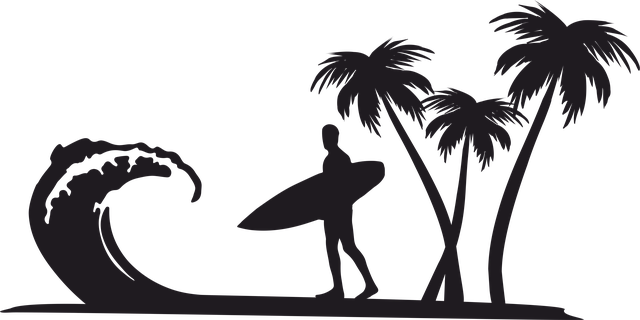
Surfing performance is intricately tied to the shape of the surfboard, especially for beginners looking to master the waves. The design and dimensions of a surfboard significantly influence a surfer’s ability to catch waves, maintain balance, and execute turns. For instance, wider boards offer more stability, making them ideal for smaller waves and learners who need extra buoyancy. In contrast, narrower boards provide enhanced maneuverability, allowing surfers to carve and cut through larger swells with ease.
Beginners should consider the type of surfboard based on their skill level and the conditions they typically encounter. A longer, wider board can help build confidence by offering better control and floatation, while shorter, more streamlined designs cater to advanced surfers seeking speed and agility. Thus, understanding how different board shapes impact performance is a crucial step in choosing the perfect surfboard for beginners’ journeys on the ocean’s waves.
Triangular Boards: Design, Advantages, and Disadvantages
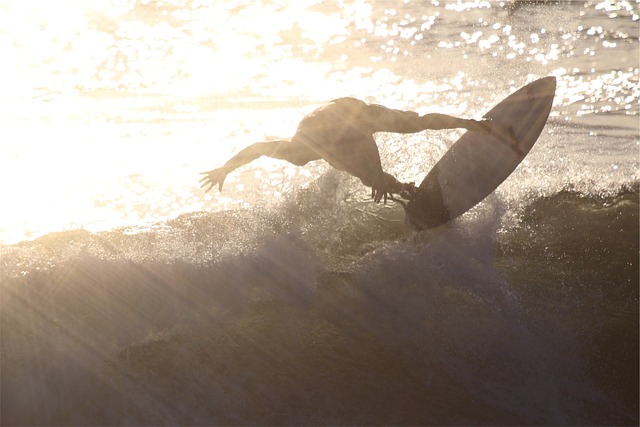
Rounded Nose vs. Square Tail: Which is Better for Beginners?
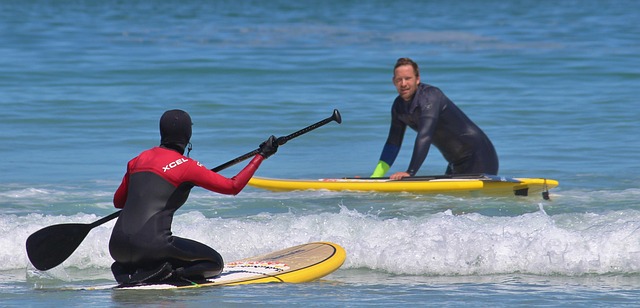
When choosing a surfboard, one of the initial considerations for beginners is the shape—specifically, whether to opt for a rounded nose or a square tail. For those new to surfing, a rounded nose board can offer several advantages. Its smoother curves provide an easier ride and more forgiveness during learning maneuvers like paddling and catching waves. This design enables beginners to focus on balance, timing, and carving turns without the added complexity of a square tail’s sharp edges.
On the other hand, while a square tail might appear more robust and stable, it can be less forgiving for newcomers. The distinct square shape at the end of the board requires more precision and skill to handle, making it a bit trickier for beginners to master. For first-time surfers, starting with a rounded nose surfboard is often recommended as it promotes a more relaxed and controlled learning experience, ultimately building confidence on the water faster.
Fish, Gun, or Shortboard: Exploring Varied Shapes and Their Suitability
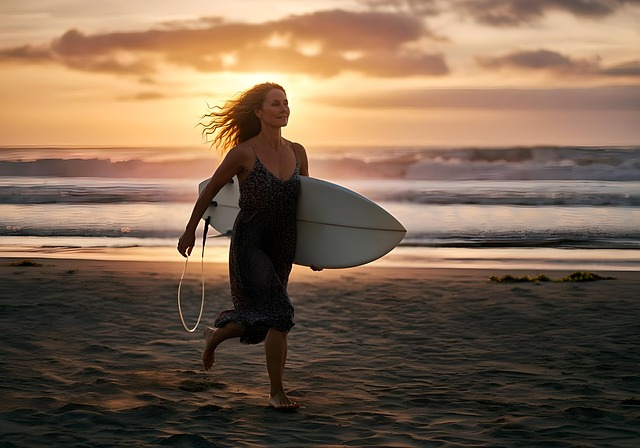
When it comes to choosing a surfboard, the shape plays a pivotal role in determining the board’s performance and suitability for different surfing styles. For beginners looking to explore various shapes, three stand out options are the fish, gun, or shortboard. Each offers unique characteristics that cater to distinct conditions and skill levels.
The fish, known for its wide nose and fuller outline, provides excellent floatation and stability, making it ideal for smaller waves and beginners who prefer a more relaxed, freestyle surfing experience. In contrast, a gun, characterized by its long, slender design and pointed nose, is designed to cut through powerful swells and handle high-performance maneuvers—perfect for experienced surfers chasing speed and aerials in big waves. Shortboards, with their sleek, narrow shape, offer agility and quick turns, suiting intermediate to advanced riders who want to master sharp, responsive maneuvers in a variety of wave conditions.
How Board Shape Affects Maneuverability and Speed
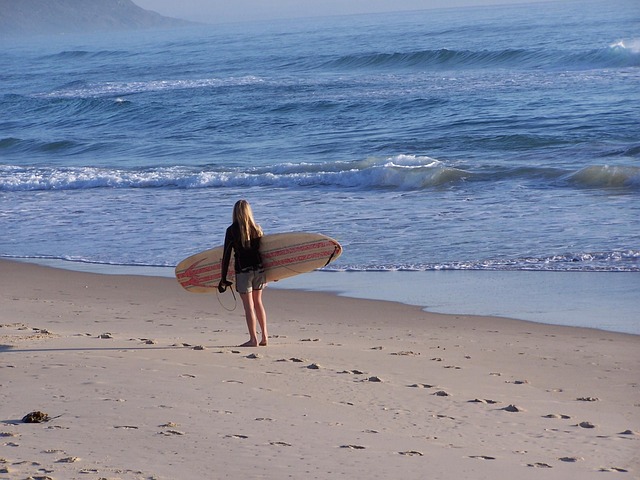
The shape of a surfboard plays a pivotal role in dictating its maneuverability and speed across the water, which is particularly significant for surfboard for beginners looking to grasp the fundamentals of surfing. Broadly speaking, boards with wider noses offer enhanced stability and floatation, allowing neophytes to paddle out with greater ease and confidence. This design choice enables beginners to focus more on learning to catch waves rather than struggling to stay afloat.
Conversely, leaner or narrower surfboard shapes promote agility and speed. Such boards cut through the water more efficiently, making them ideal for advanced maneuvers like carving and cutting back in towards the shore. For novice surfers, however, these high-performance shapes can be harder to control, demanding a higher level of skill and proficiency.
Top 3 Surfboard Shapes for Maximizing Fun and Learning Curve
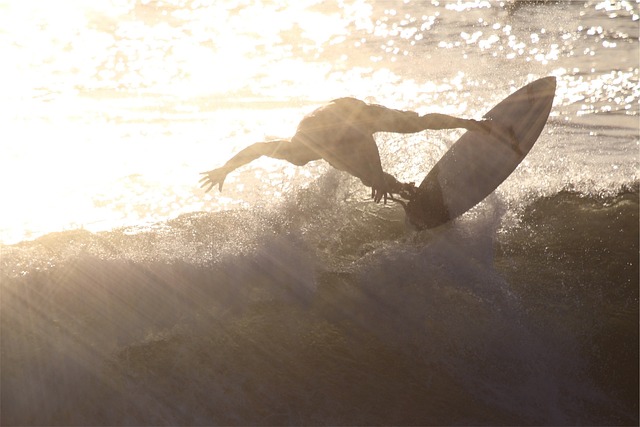
For those new to surfing, choosing the right surfboard shape can significantly impact their learning experience and overall enjoyment in the water. The key is to find a board that’s versatile yet tailored to your skill level. Here are three top shapes designed to maximize fun and help beginners conquer their learning curve:
1. Shortboard (6-7 feet): Ideal for smaller waves, this board offers excellent maneuverability, making it perfect for beginners learning to catch waves and perform basic turns. Its shorter length provides stability while still allowing for quick responses, enabling you to gain confidence faster.
2. Fish/Fun Board (8-9 feet): These boards are a popular choice for newbie surfers due to their wider nose and tail, providing better buoyancy and stability. The extra width makes it easier to paddle out and catch waves, while the optimized fins help in making smooth turns, making learning more accessible and enjoyable.
3. Hybrid/All-Rounder (7-8 feet): As the name suggests, this shape is versatile and suitable for various wave conditions and skill levels. It combines elements of shorter boards’ agility and longer boards’ stability, providing a balanced experience. Beginners can use it in smaller to medium waves, and as they progress, the board’s adaptability lets them tackle different surf spots.
